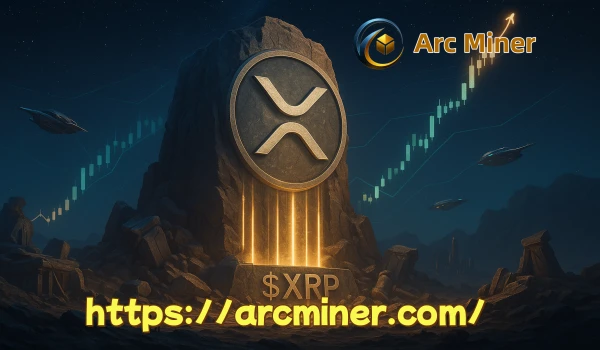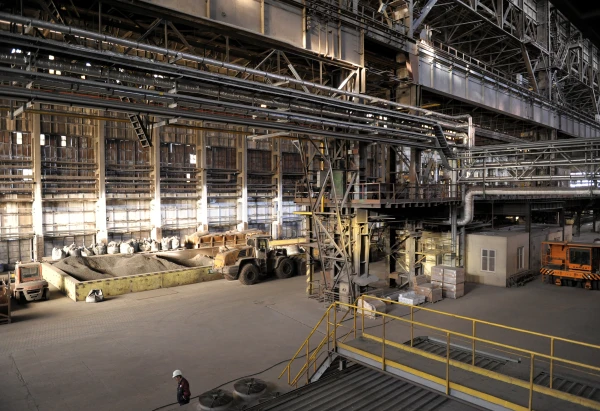
Imagine you need to open a deposit, take a small loan, or exchange one currency for another. In the traditional financial system, you go to a bank or an exchange.
Between you and your money, there is always an intermediary: an organization that holds assets, verifies documents, charges fees, and can block transactions at any moment. This is the traditional financial system with its rules, working hours, and bureaucracy.
DeFi works differently. If you expand the abbreviation, it stands for decentralized finance — a set of services on the blockchain that attempts to replicate financial services but without banks and other financial institutions.
Instead of employees and branches, there are smart contracts: code that describes the terms of a transaction and executes them automatically. The user connects a wallet, selects a protocol, and interacts directly with other participants. There is no single center making decisions. The system is distributed across many nodes in the network.
From a technical perspective, DeFi relies on blockchain and smart contracts. The most well-known example of a DeFi ecosystem is Ethereum. It hosts decentralized exchanges, lending protocols, staking services, and stablecoins. However, users do not need to understand the workings of the blockchain to use it.
In practice, everything looks like a familiar web application. You see an interface, enter an amount, confirm a transaction, and manage your assets. The difference is that at the center is not a bank, but code, and ownership of assets is recorded not in a company database, but in the blockchain. Literally on the internet, everywhere and nowhere at the same time.
This is the answer to the question of what DeFi is. It is a new type of financial system where users exchange digital assets and utilize other financial instruments directly with each other, without intermediaries and rigid ties to a single country or bank.
How to start using DeFi
When you first encounter the world of decentralized finance, the feeling is similar to entering a new city. There are many services around, each with its own rules, and your own wallet serves as the navigator. It becomes something like a passport and keys at the same time. Through it, you confirm transactions, store assets, and interact with DeFi applications.
And here is an important point. To use DeFi safely, you need a wallet that not only stores cryptocurrency but also simplifies working with smart contracts, dApps, and various networks. Some wallets do this, while others turn even a simple transaction into a quest.
Therefore, solutions that have all the necessary tools for entering DeFi are suitable here. One bright example is Best Wallet. It can be viewed not as "just another app," but as a convenient entry point into the DeFi ecosystem: it operates as a multi-chain wallet, supporting Ethereum and other major networks.
At its core is Fireblocks technology, which distributes access to keys between the device and the algorithm. For the user, this means that even if they lose their phone, they will not lose their assets.
Why is such a solution needed at all? In decentralized services, many actions occur through smart contracts. For example, coin exchanges or access to presales. When all these processes are gathered in one application, the "entry" into DeFi becomes noticeably clearer.
In Best Wallet, for example, there is a built-in DEX aggregator that collects rates from dozens of platforms and selects the best one, there is support for multi-wallet portfolios, and through the "Upcoming Tokens" section, users gain early access to tokens that are just entering the market.
For this entire ecosystem, the token $BEST operates on the Ethereum blockchain. It is involved in staking, provides discounts on fees within the platform, and is used as part of the rewards system. By the way, it is at the very end of the presale. If you hurry, you can buy it at the presale price.
The feeling is like having a universal entry point from which you can venture into any DeFi application — from lending to staking. This is why many users begin their acquaintance with the decentralized financial system through convenient multifunctional wallets and then delve deeper into the mechanics of the protocols.
During your reading, a perfectly logical question may arise: "So why do I need decentralized finance if there are regular banks?" To answer this, you need to look at how this approach emerged and why conventional banking services are sometimes insufficient.
Why the DeFi sector appeared and why banks are not always enough
DeFi emerged not from a desire to replace banks but from an attempt to fix their weak points. The classical financial system does work. It processes payments, issues loans, and stores money. But this scheme has limitations that have long been considered the norm.
First — dependence on intermediaries. To send money, the bank must confirm the transaction, the payment system must process it, and another platform must accept it. Everything is tied to infrastructure, regulations, working hours, checks, and internal priorities. The client sees only the result, not the process — hence the lack of complete transparency.
Second — cost. Each link takes its fee, and as a result, financial operations become expensive. Especially when it comes to international transfers or trading on exchanges. Fees rise, and speed decreases. DeFi solves this problem architecturally. The transaction occurs directly between users, without a long chain.
Third — accessibility. Banking infrastructure operates under its own rules. For a loan, scoring is needed; for opening an account, document verification is required, and many services are unavailable to people from other jurisdictions. DeFi allows those whom the traditional financial system has barred to manage their assets. There are no "foreign" regions here, only access to the blockchain.
There is also a fourth factor — control over assets. In a bank, the user does not own their money directly. Funds are stored on the bank's side, which can freeze the account, decline a payment, or change the terms. In DeFi, everything is recorded in smart contracts, and the keys remain with the user. This reduces the risk of external interference and emphasizes the principle of self-management of one's assets.
Conclusion
DeFi started as an experiment but then became a separate part of the financial system. It does not replace banks and other services but provides what is not available there. For example, accessibility, transparency, and control over one's money. And the more DeFi develops, the more opportunities people have: they can exchange money, take loans, store tokens, or earn passive income.
If you are just starting to explore this field, take your time and choose the tools that you really need. DeFi is not a way to make quick money but a set of technologies that allow you to manage money differently. The more you understand how it works, the easier and safer it will be for you to move forward.













